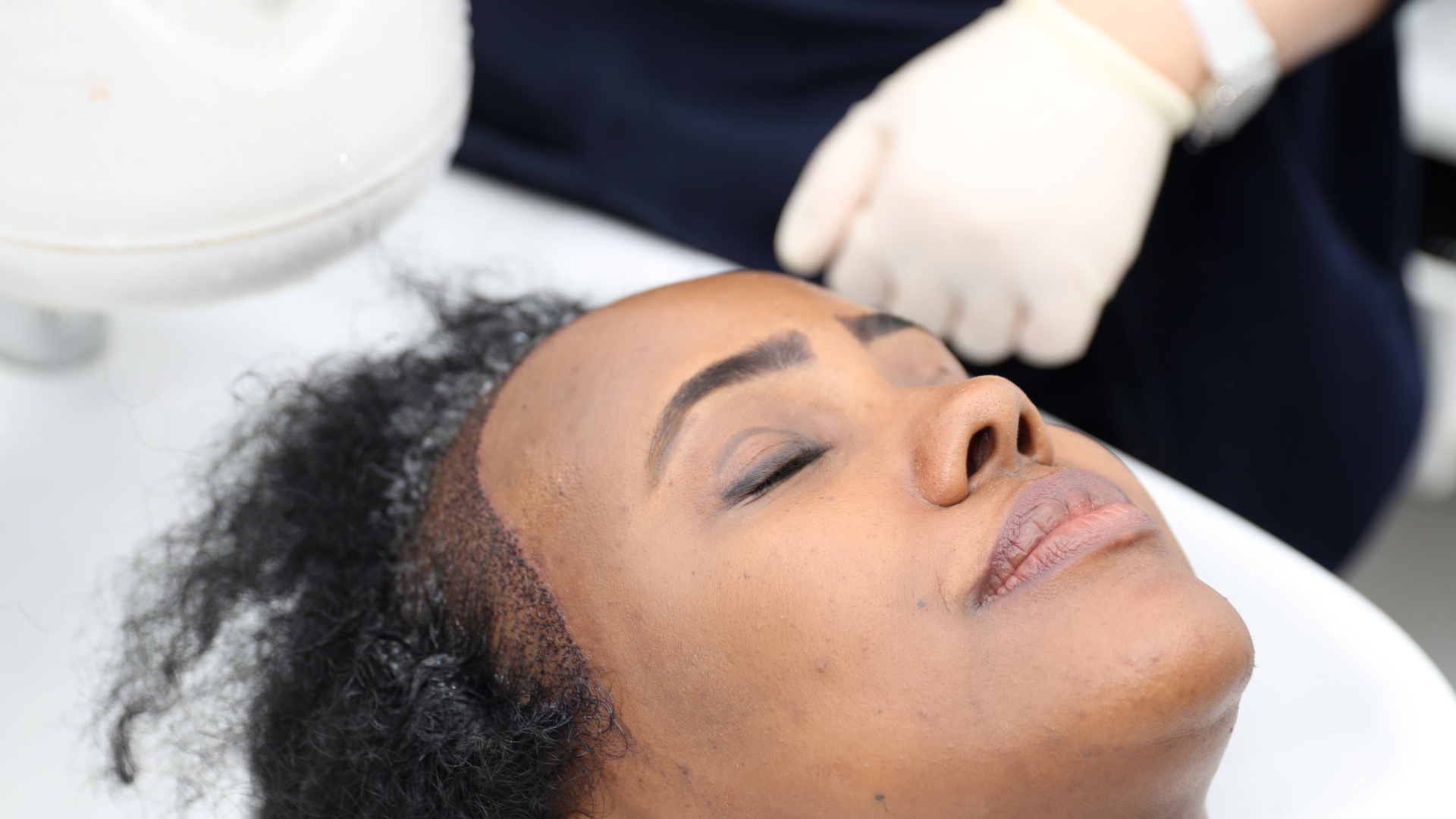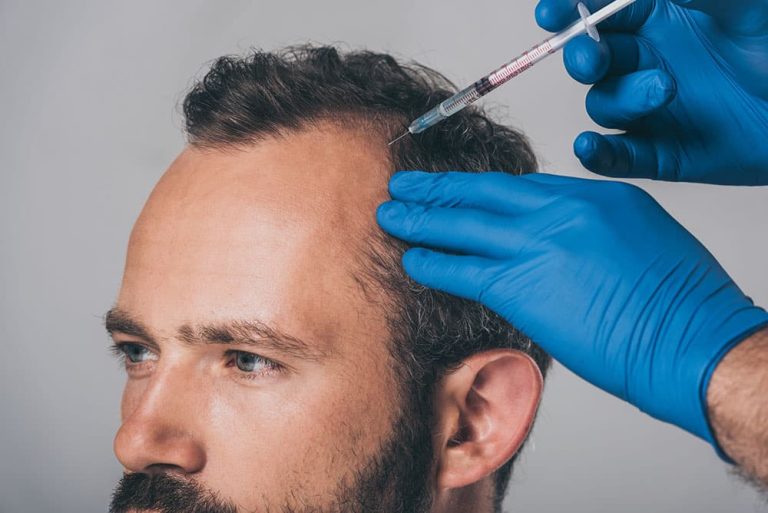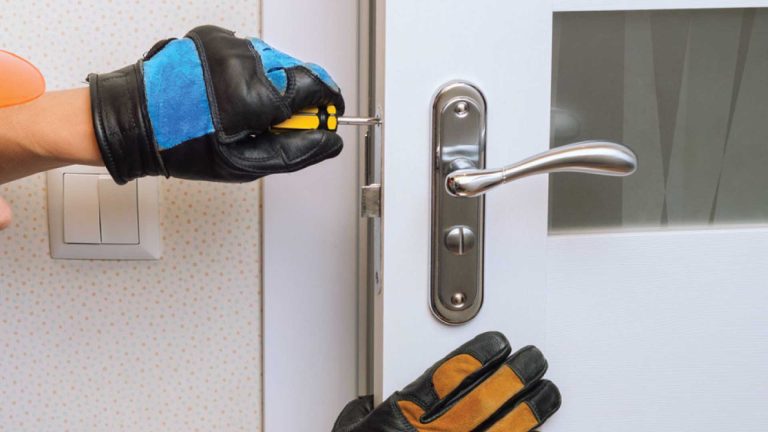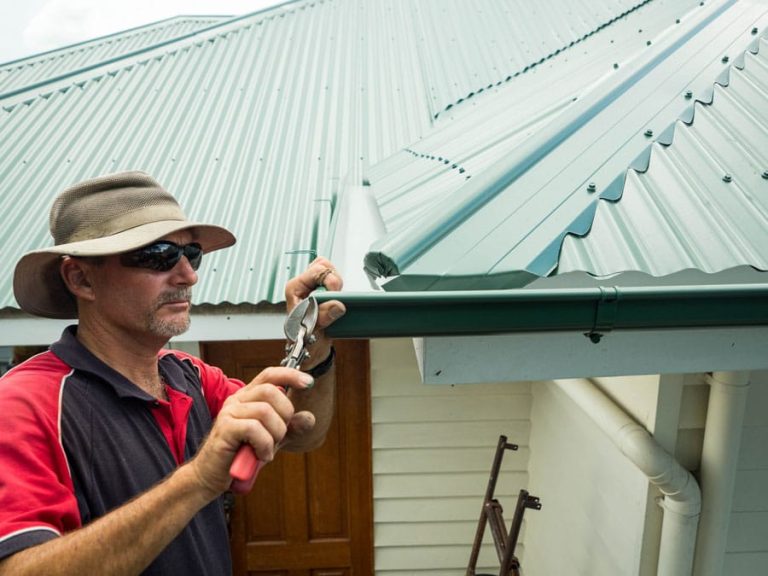Follicular unit extraction (FUE) hair transplants have gained popularity as a hair loss treatment over the past ten years.
Several key factors have contributed to the increase in popularity of FUE transplants.
In contrast to the old strip surgery method, FUE transplants pick individual hair follicles from the scalp without removing a strip of skin. The approach leaves only tiny dot scars, irregularly scattered throughout the patient’s scalp, which are mostly unseen. The absence of linear scarring makes FUE more attractive to many patients.
Initially, there was skepticism about how well FUE transplants would compare with traditional strip methods that had been used successfully for many years. However, years of practical exposure and development of specialized equipment have brought competitive hair growth and survival results through FUE adoption. According to studies, well-done FUE transplants conducted by experienced surgeons provide outcomes and patient satisfaction equal to strip surgery.

Transplanted hair can then lie in the direction and orientation that matches the orientation of surrounding hairs since each harvested follicle comes custom-angled and deepened. When scalp supplies are limited, body hair can be a donor source for hair transplants. The chest or beard hair is frequently used due to its genetic resistance against baldness. Its capacity for single-flitting follicle extraction makes the FUE technique easier for transplanting body hairs. In situations where there are not enough scalp donor hairs, using body hairs can help.
FUE does not require stripping of the scalp; hence, patients are able to keep their hair very short before and after surgery. Even a freshly shaved head can have small recipient sites a few days after an operation. Men who prefer wearing concise hair or faded haircuts can still undergo restoration using FUE transplants. Thus, this gives more freedom to style, unlike the long length required to cover strip scars.
The devices and methods used for taking out and planting donor follicles are constantly advancing. Acceptable sharpness and diameter specialized punches enable graft extraction to be efficient. Surgeons are made to use less effort by employing automated devices, which allow them to retain good ergonomics during lengthy procedures. Ongoing innovation of FUE is achieving faster procedures and application in hair transplant singapore patients of varying needs.
End
The features mentioned above have made FUE hair transplantation increasingly popular due to its minimally invasive nature, leading to fast patient recovery periods, suitability for a broader range of potential candidates, greater precision and flexibility for surgeons, and continuous development in technical aspects. Minimal scarring, freedom from limitations, and favorable aesthetic outcomes from competent FUE practitioners are attractive to patients.




